Technological Innovations
Technological advancements are significantly influencing the Microbial and Bacterial Cellulose Market. Innovations in fermentation technology and genetic engineering have enhanced the production efficiency and quality of microbial cellulose. For instance, the development of high-yielding bacterial strains has led to a reduction in production costs, making microbial cellulose more accessible to various industries. The market is projected to witness a compound annual growth rate (CAGR) of around 10% as new applications emerge, particularly in the food and pharmaceutical sectors. These advancements not only improve the scalability of production but also expand the functional properties of microbial cellulose, enabling its use in diverse applications such as wound dressings and food additives. The continuous evolution of technology in this sector suggests a promising future for microbial cellulose.
Health and Wellness Trends
The rising awareness of health and wellness is driving demand within the Microbial and Bacterial Cellulose Market. As consumers increasingly seek natural and functional ingredients, microbial cellulose is gaining traction due to its health benefits, including its role as a dietary fiber and its potential in food applications. The market for functional foods is expanding, with a notable increase in the incorporation of microbial cellulose in products aimed at promoting gut health. This trend is reflected in the projected market growth, which is expected to reach USD 1 billion by 2027. Additionally, the versatility of microbial cellulose in various applications, such as food, cosmetics, and pharmaceuticals, underscores its potential to cater to the evolving preferences of health-conscious consumers. The intersection of health trends and microbial cellulose positions it as a key player in the market.
Sustainability Initiatives
The increasing emphasis on sustainability appears to be a pivotal driver for the Microbial and Bacterial Cellulose Market. As industries strive to reduce their environmental footprint, the demand for biodegradable and renewable materials is surging. Microbial cellulose, derived from natural sources, offers a sustainable alternative to synthetic polymers. This shift is evidenced by a projected growth rate of approximately 12% in the market, driven by eco-conscious consumers and regulatory frameworks promoting sustainable practices. Companies are increasingly investing in research and development to enhance the properties of microbial cellulose, making it suitable for various applications, including packaging and textiles. The alignment of microbial cellulose with sustainability goals positions it as a favorable choice for manufacturers aiming to meet consumer expectations and regulatory requirements.
Rising Demand in Food Industry
The food industry is experiencing a notable increase in the utilization of microbial cellulose, which serves as a functional ingredient in various food products. This trend is a significant driver for the Microbial and Bacterial Cellulose Market. The unique properties of microbial cellulose, such as its ability to enhance texture and stability, make it an attractive option for food manufacturers. The market is projected to grow at a CAGR of approximately 9% as more companies incorporate microbial cellulose into their formulations. Additionally, the clean label movement, which emphasizes transparency and natural ingredients, is further propelling the demand for microbial cellulose in food applications. As consumers become more discerning about food ingredients, the adoption of microbial cellulose is likely to increase, reflecting a broader shift towards healthier and more sustainable food options.
Expanding Applications in Textiles
The textile industry is increasingly recognizing the potential of microbial cellulose, which is emerging as a key driver for the Microbial and Bacterial Cellulose Market. With a growing focus on sustainable textiles, microbial cellulose offers a biodegradable alternative to conventional fibers. The market for microbial cellulose in textiles is expected to expand significantly, with projections indicating a growth rate of around 11% over the next few years. This growth is attributed to the rising demand for eco-friendly materials and the innovative applications of microbial cellulose in producing fabrics and non-woven materials. Furthermore, the unique properties of microbial cellulose, such as its high tensile strength and moisture-wicking capabilities, enhance its appeal in the textile sector. As sustainability becomes a priority for consumers and manufacturers alike, the adoption of microbial cellulose in textiles is likely to gain momentum.


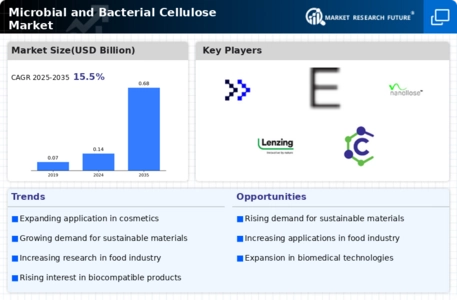
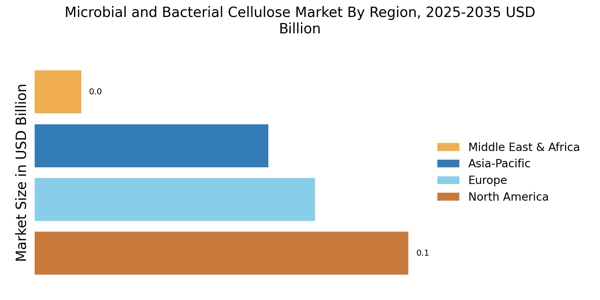

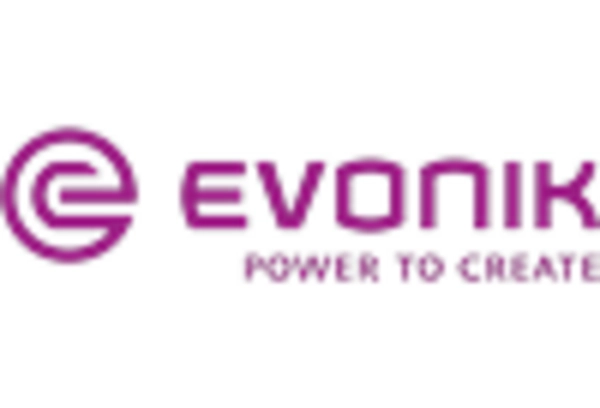
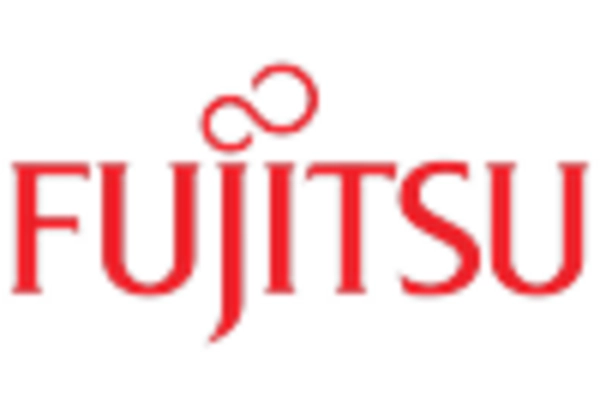
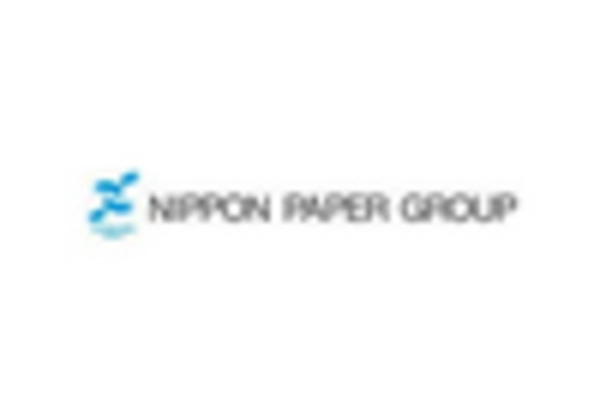
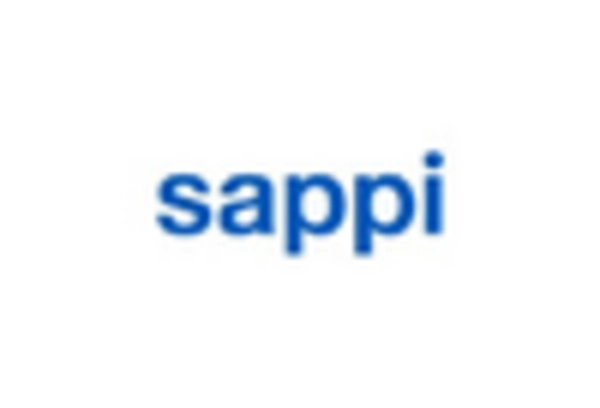









Leave a Comment